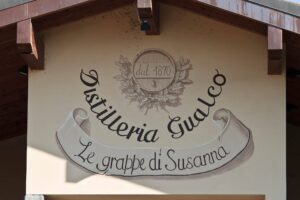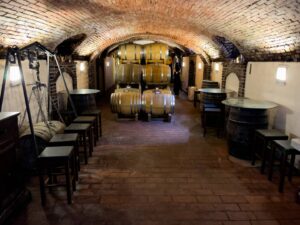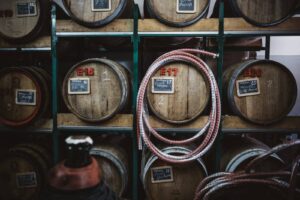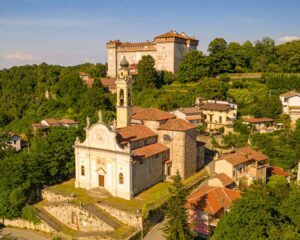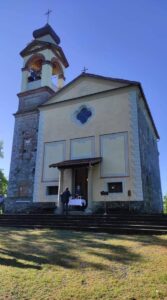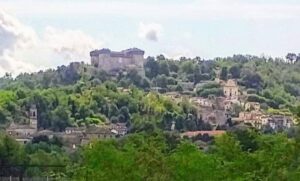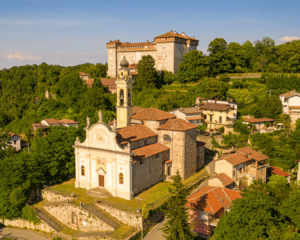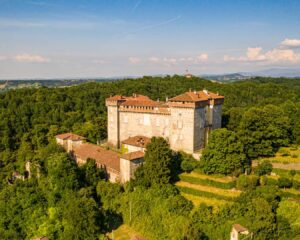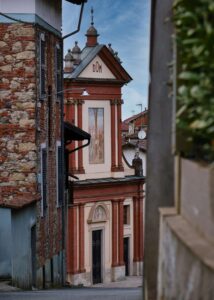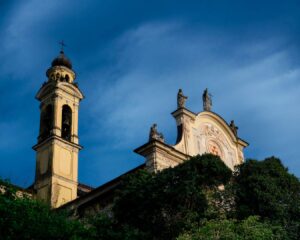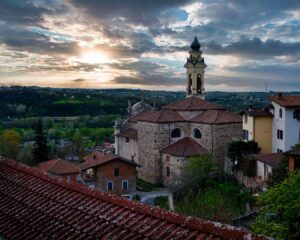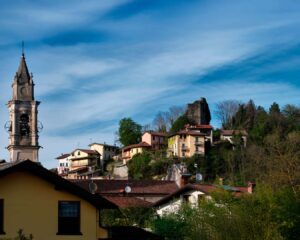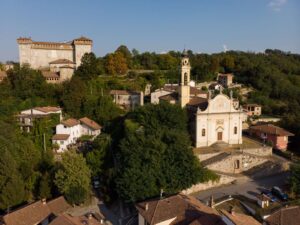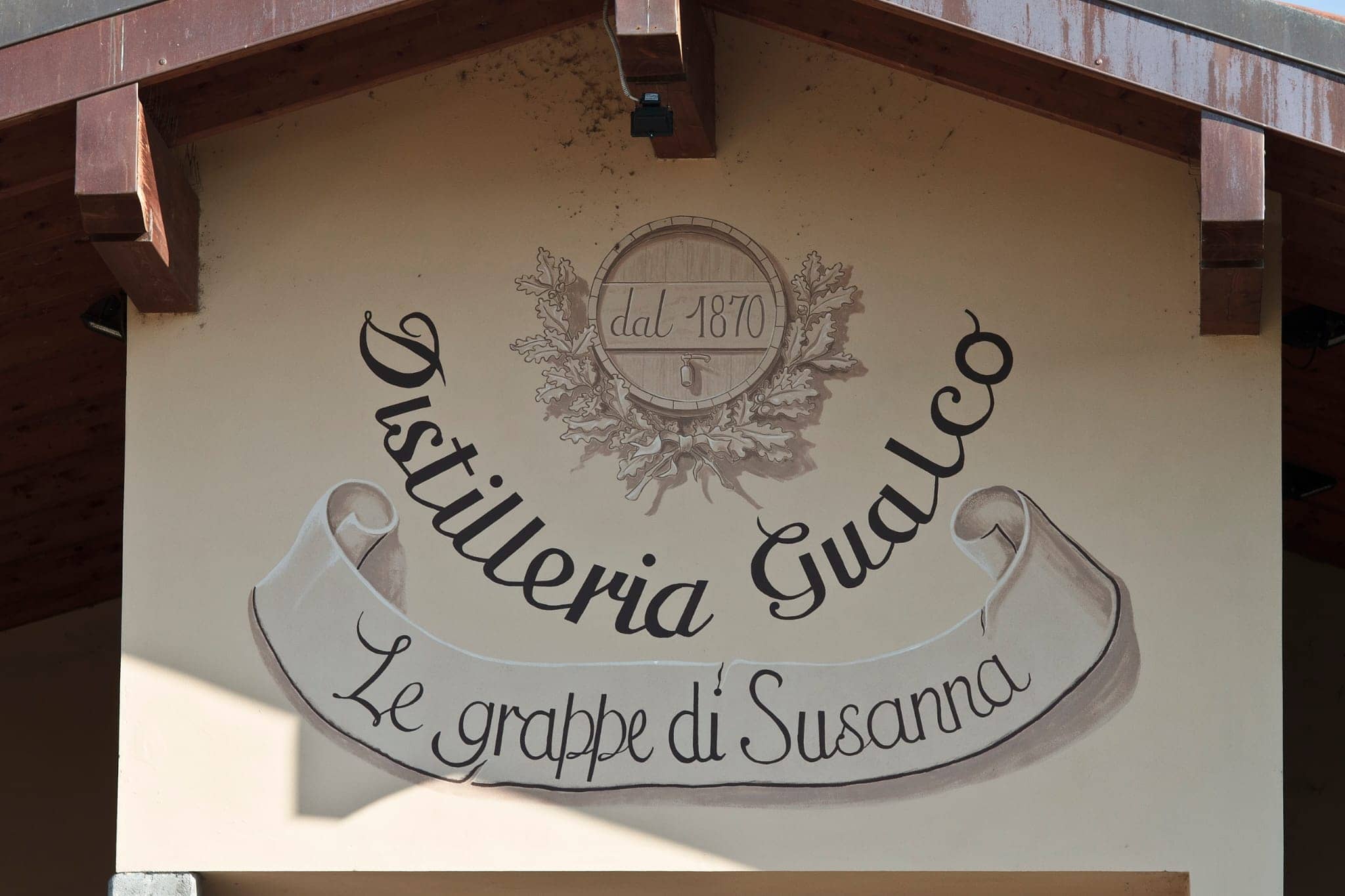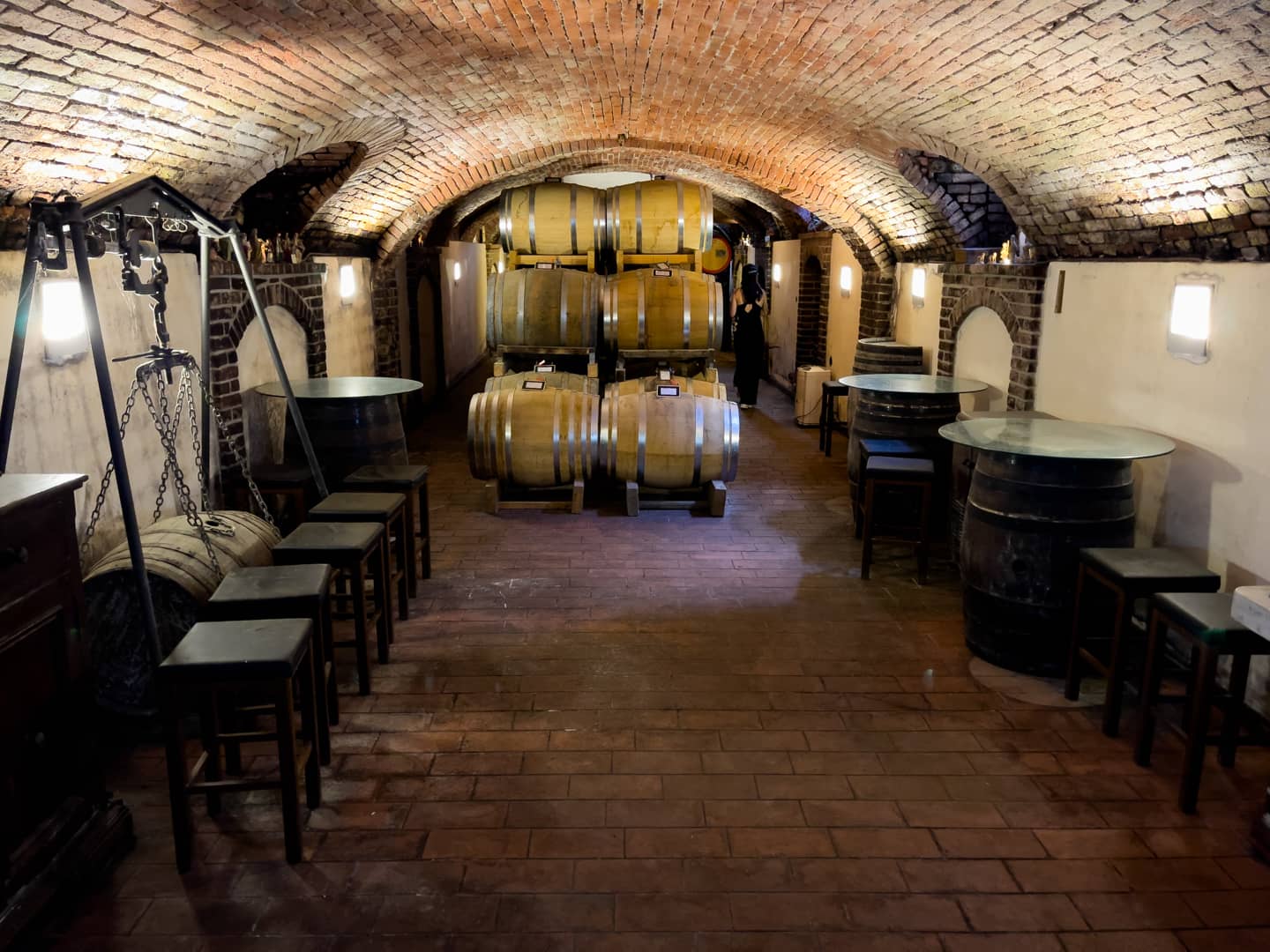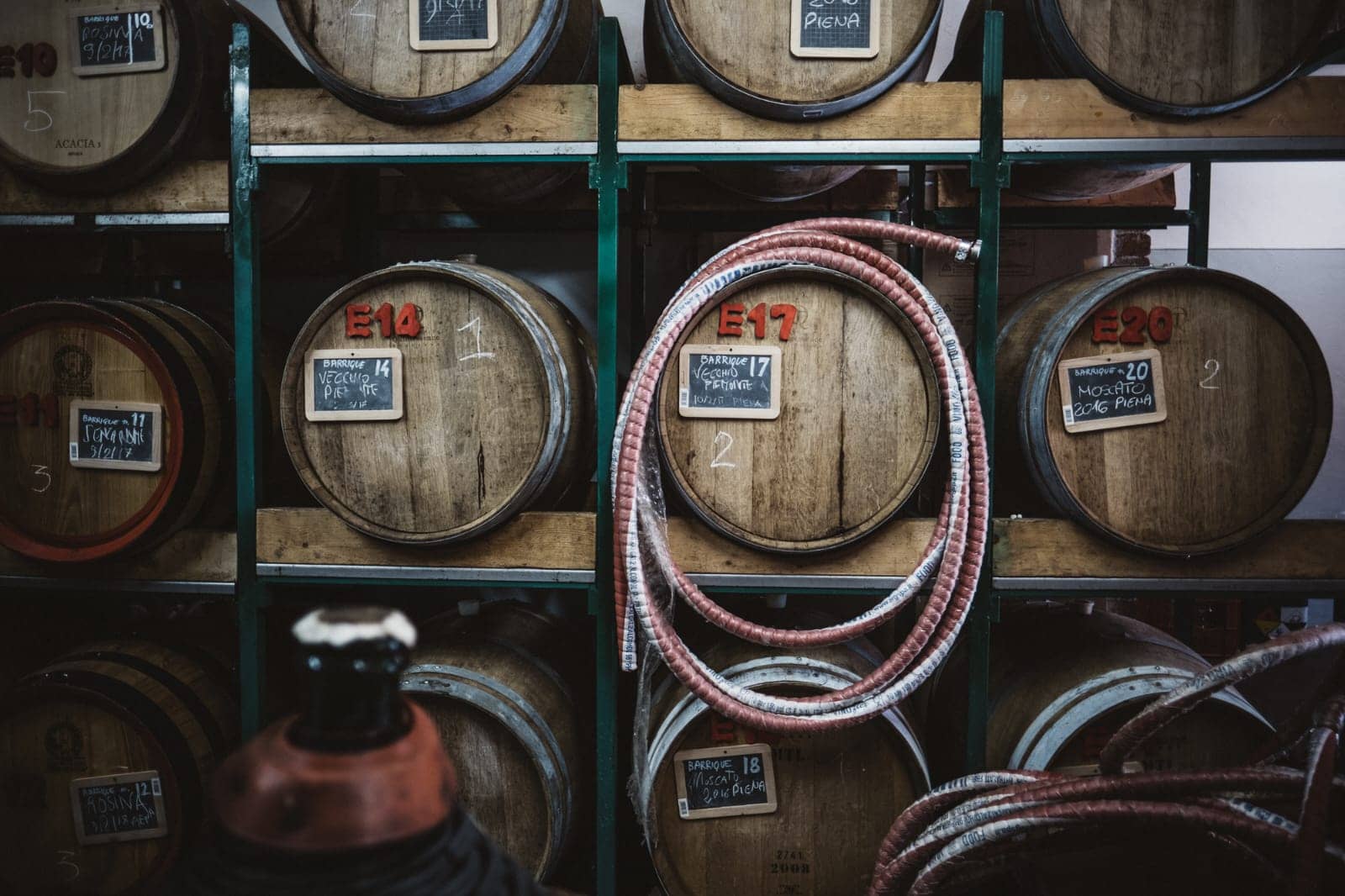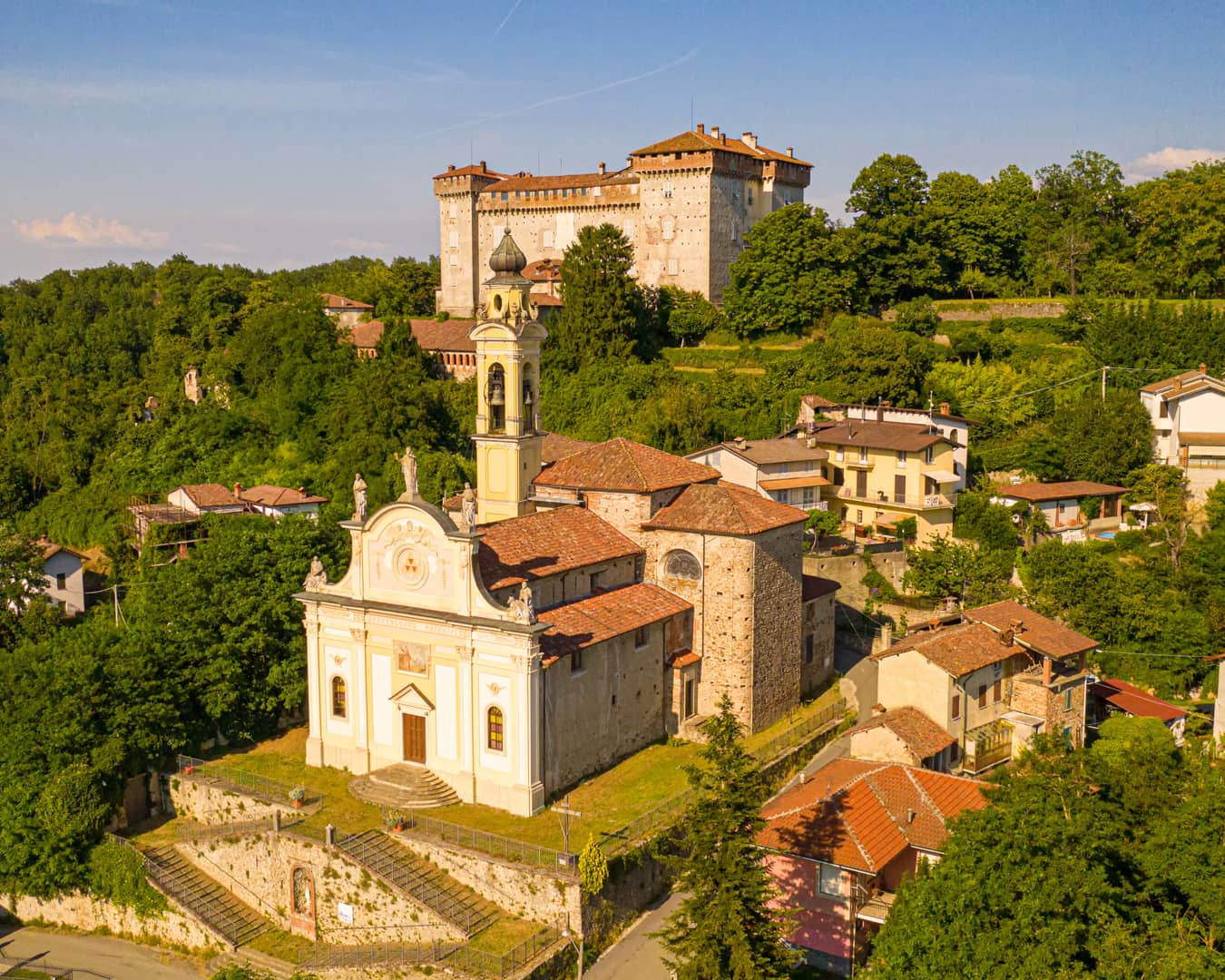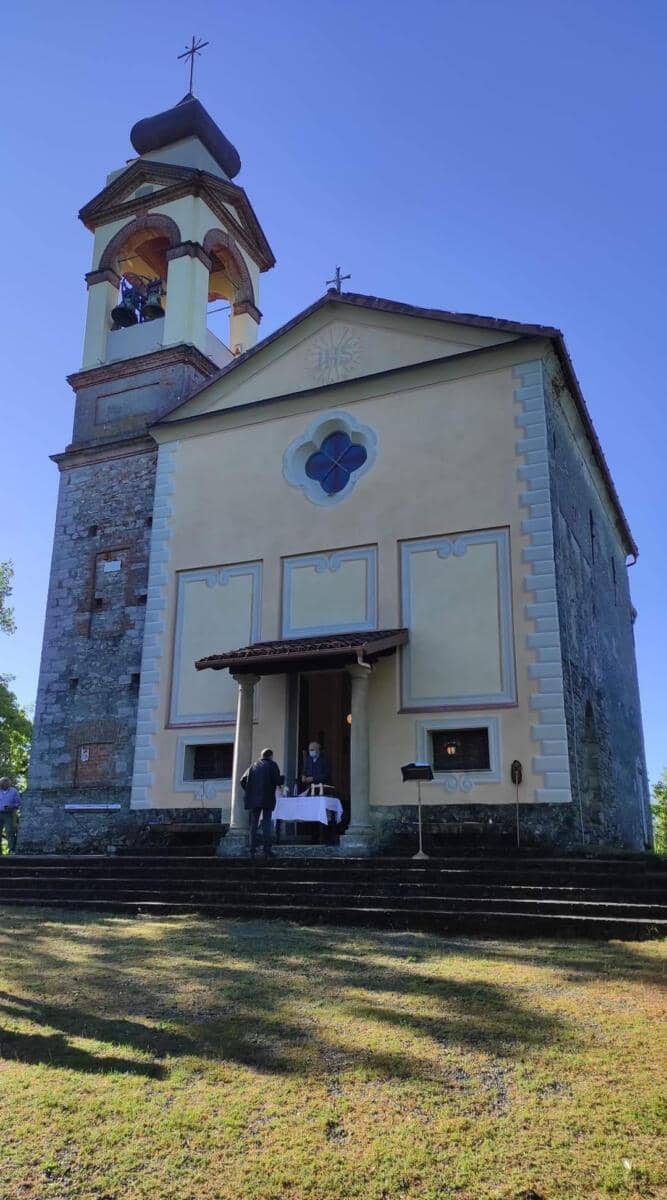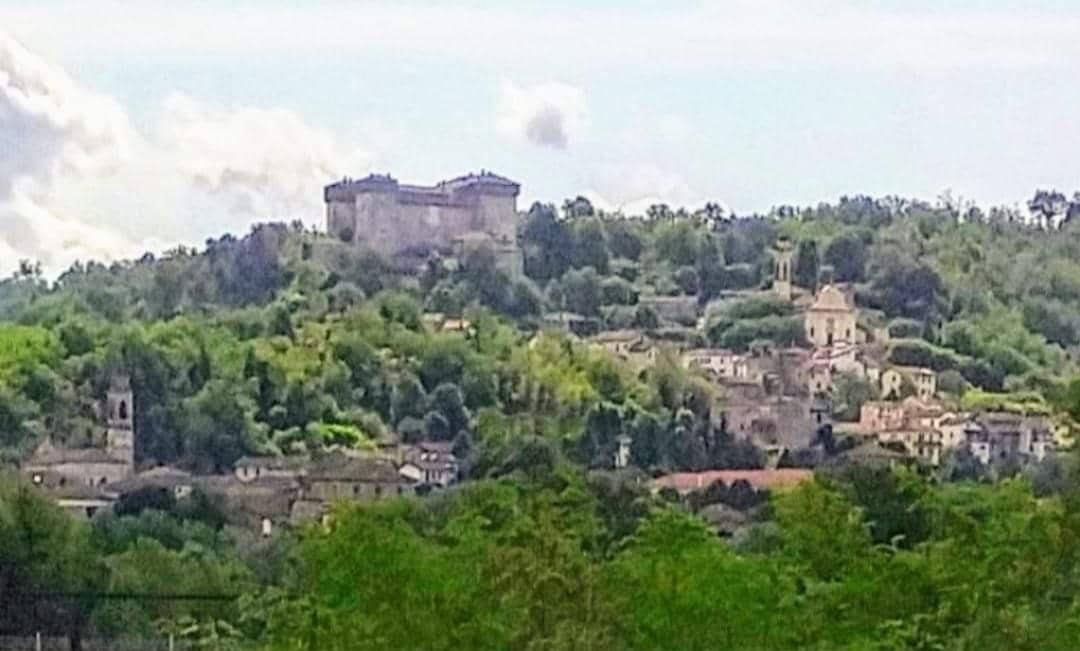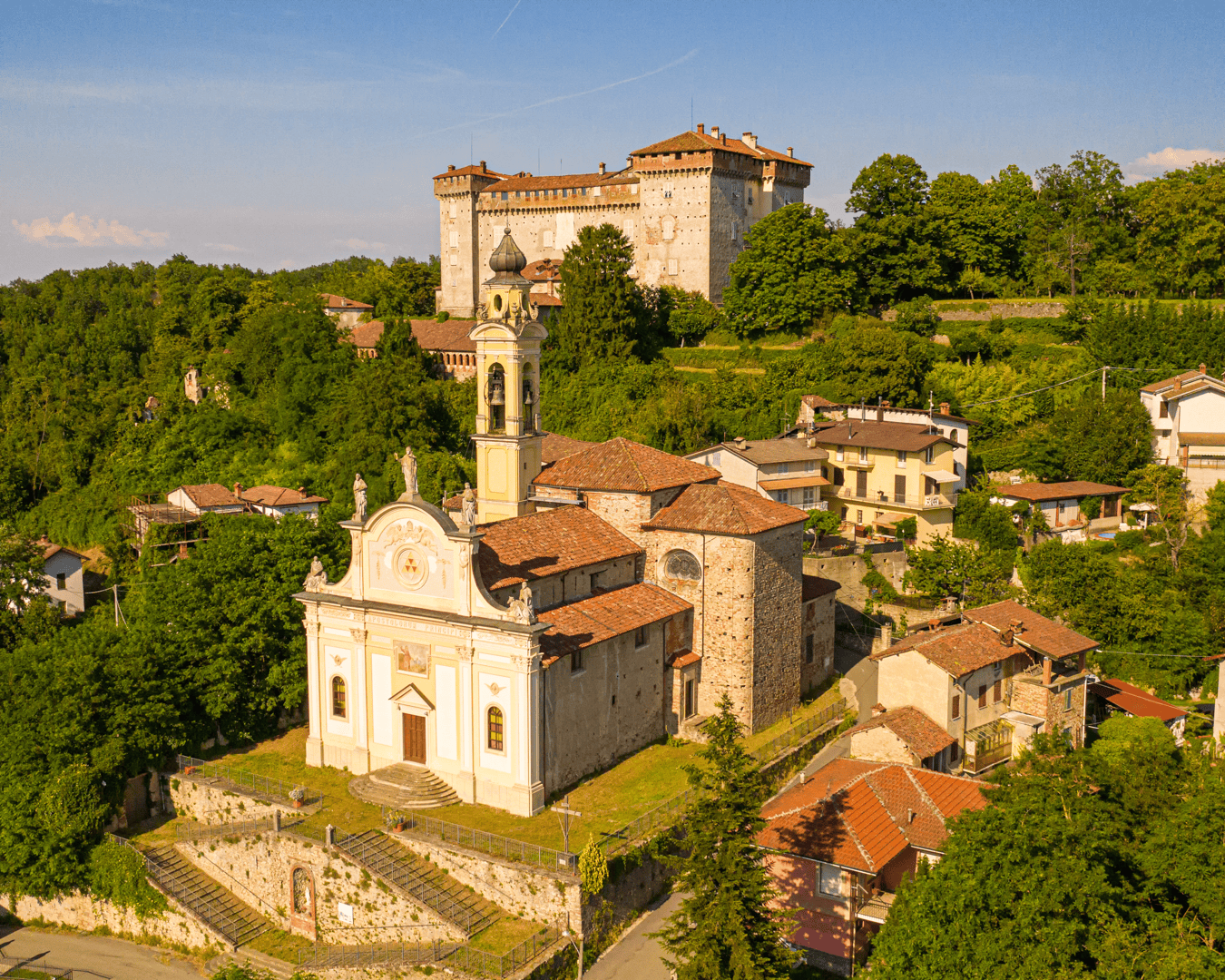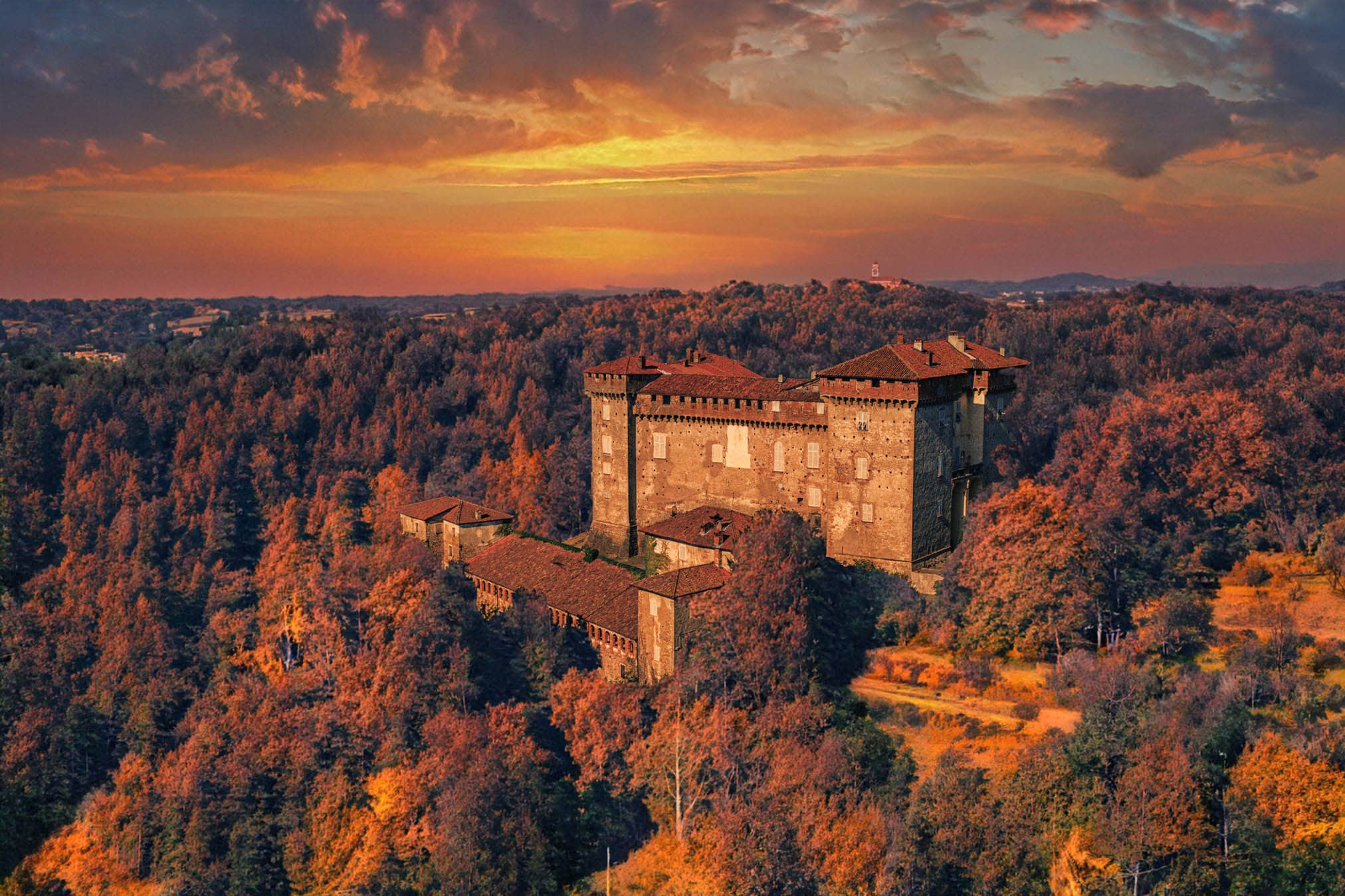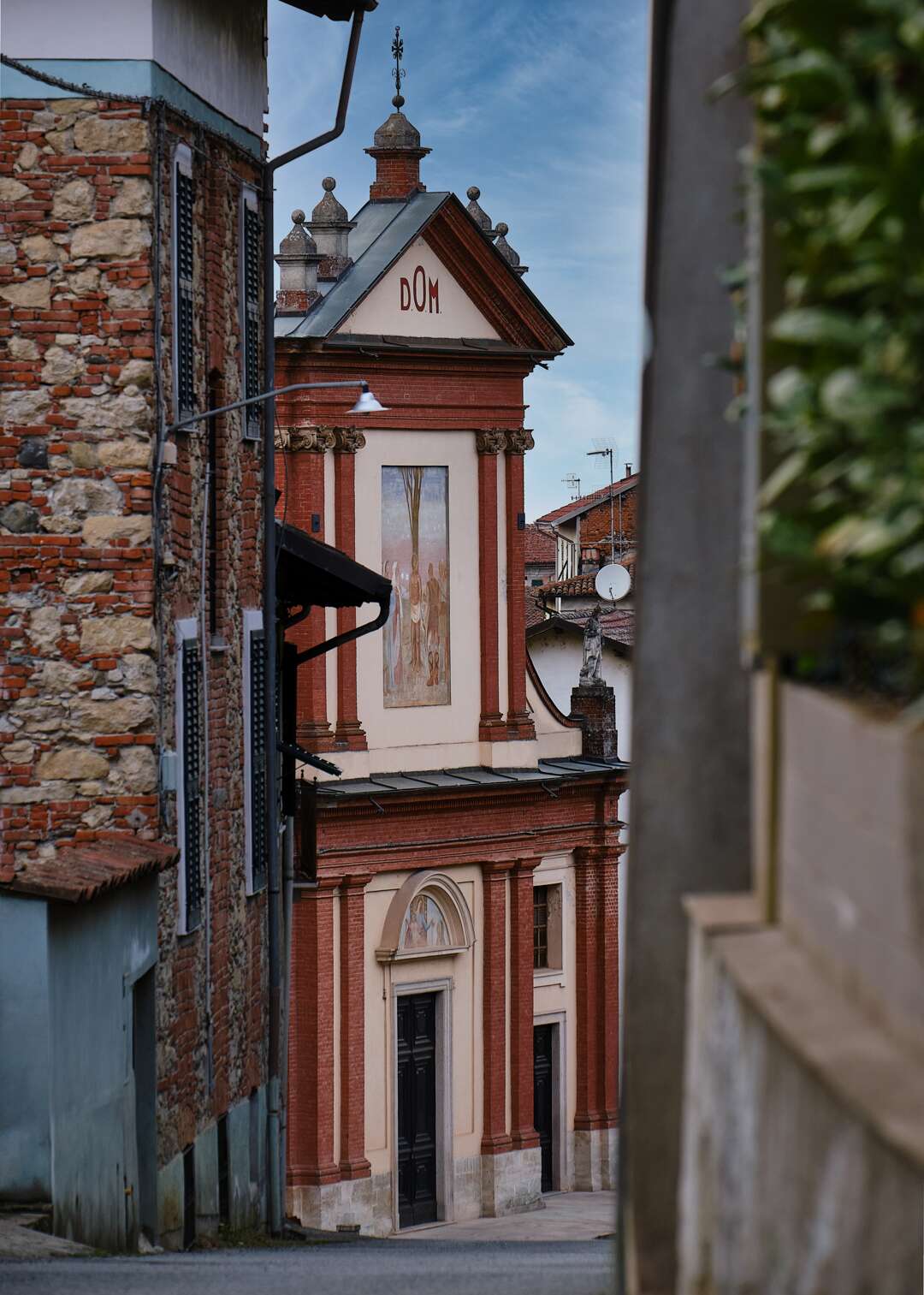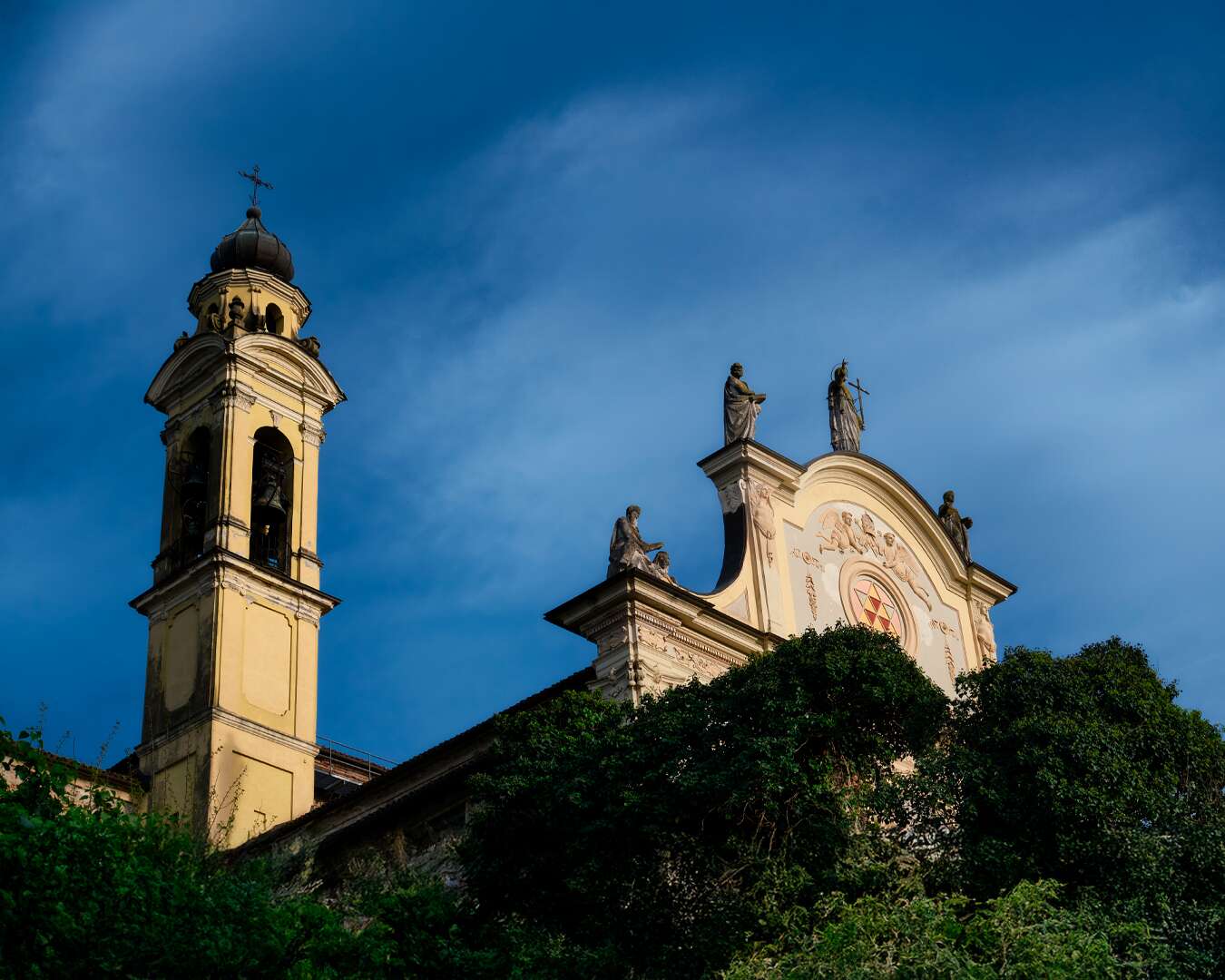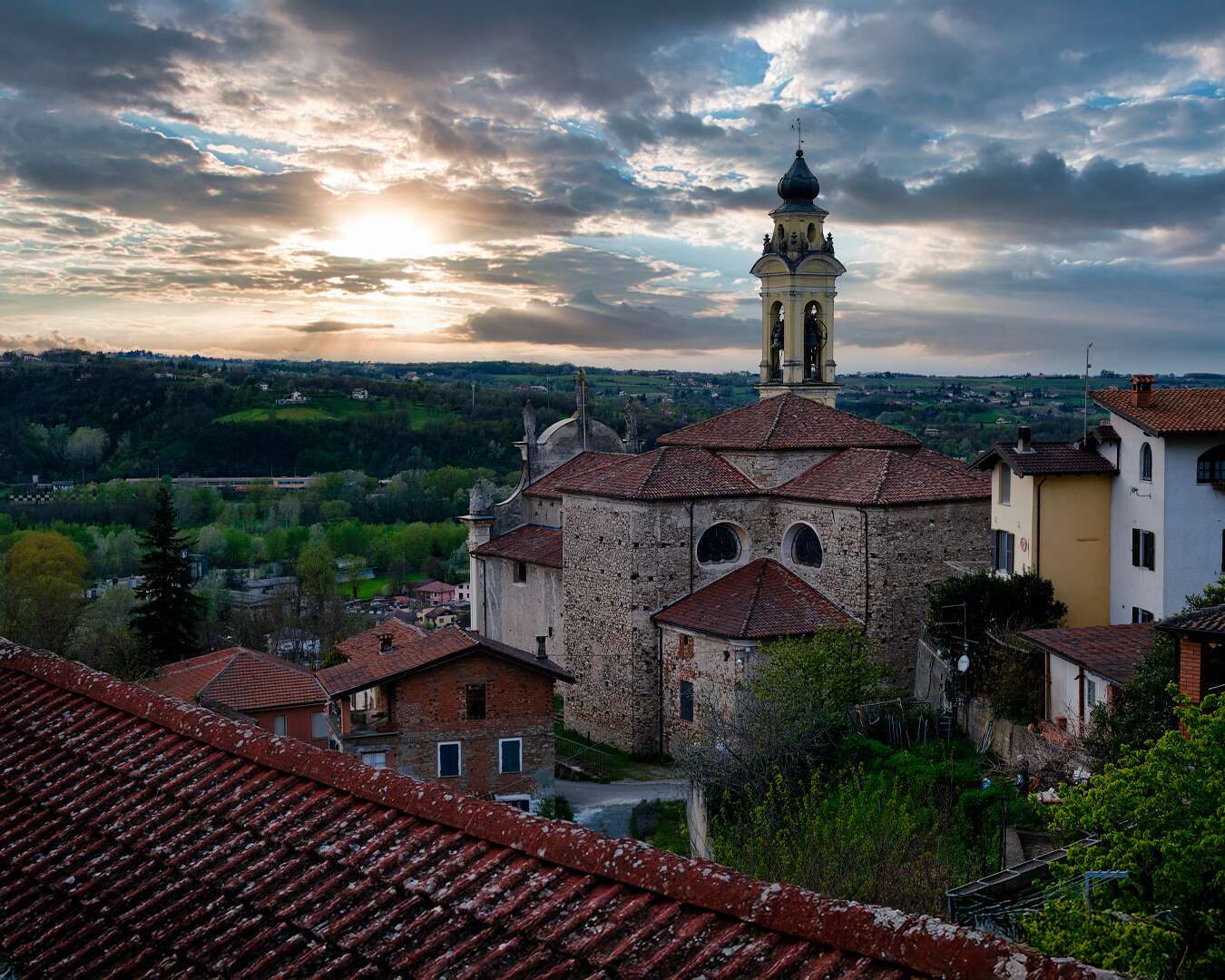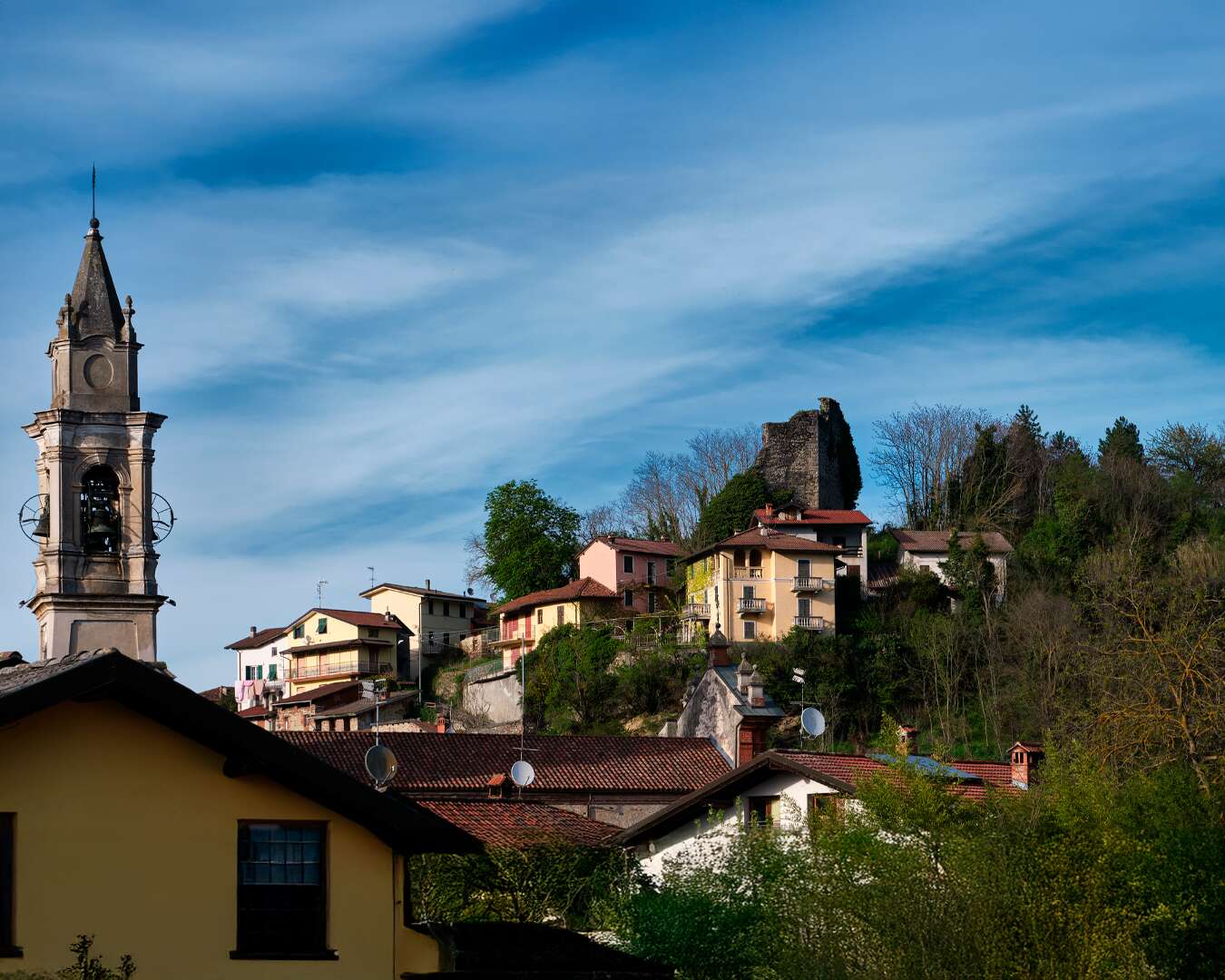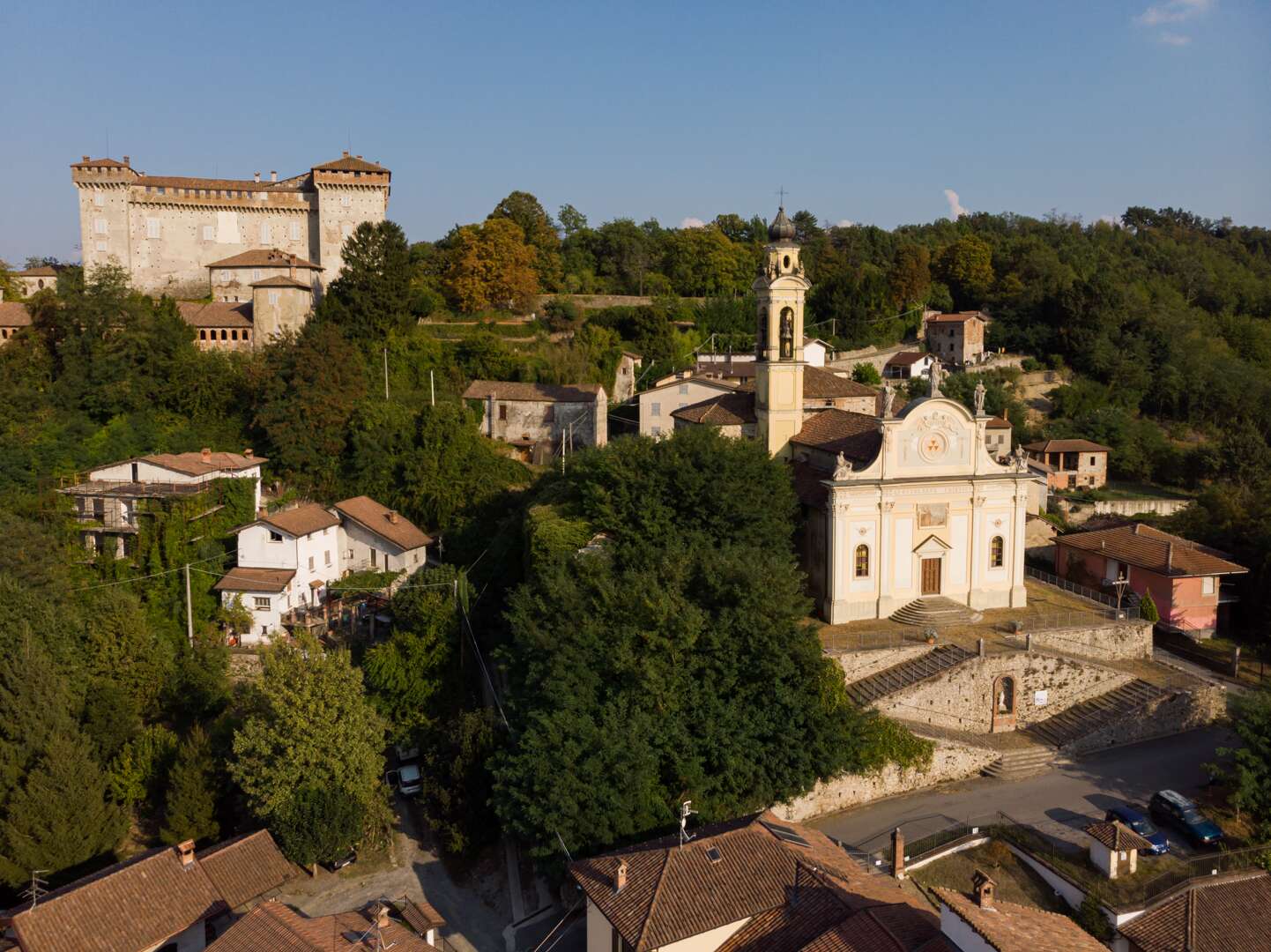The history of this village in Alto Monferrato and Oltregiogo is rooted in Roman times: evidence of this can be found in a funerary stele and an antefix in terracotta from the end of the first century B.C., proving the establishment of a Roman fortified camp (castrum) on the short Libarna-Acqui Terme road.
Further evidence of this are the remains of the two towers (the Torrazzi), located right at the entrance to the village cemetery.
Around the Roman castrum arose the “city” of Rondanaria, settlements between the left bank of the Piota and the right bank of the Orba also organized for the exploitation of the auriferous sands of the surrounding streams.
Rondanaria is mentioned in several 12th-century documents, and it is likely that, as the centuries passed, only this fortified place was still clearly visible, while all trace of the other villages had been lost.
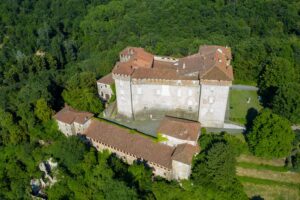
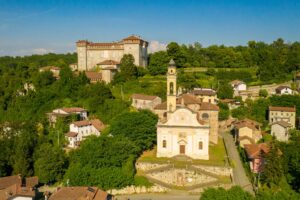
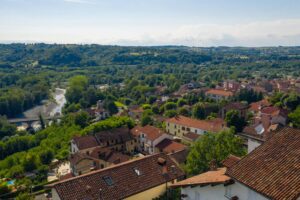
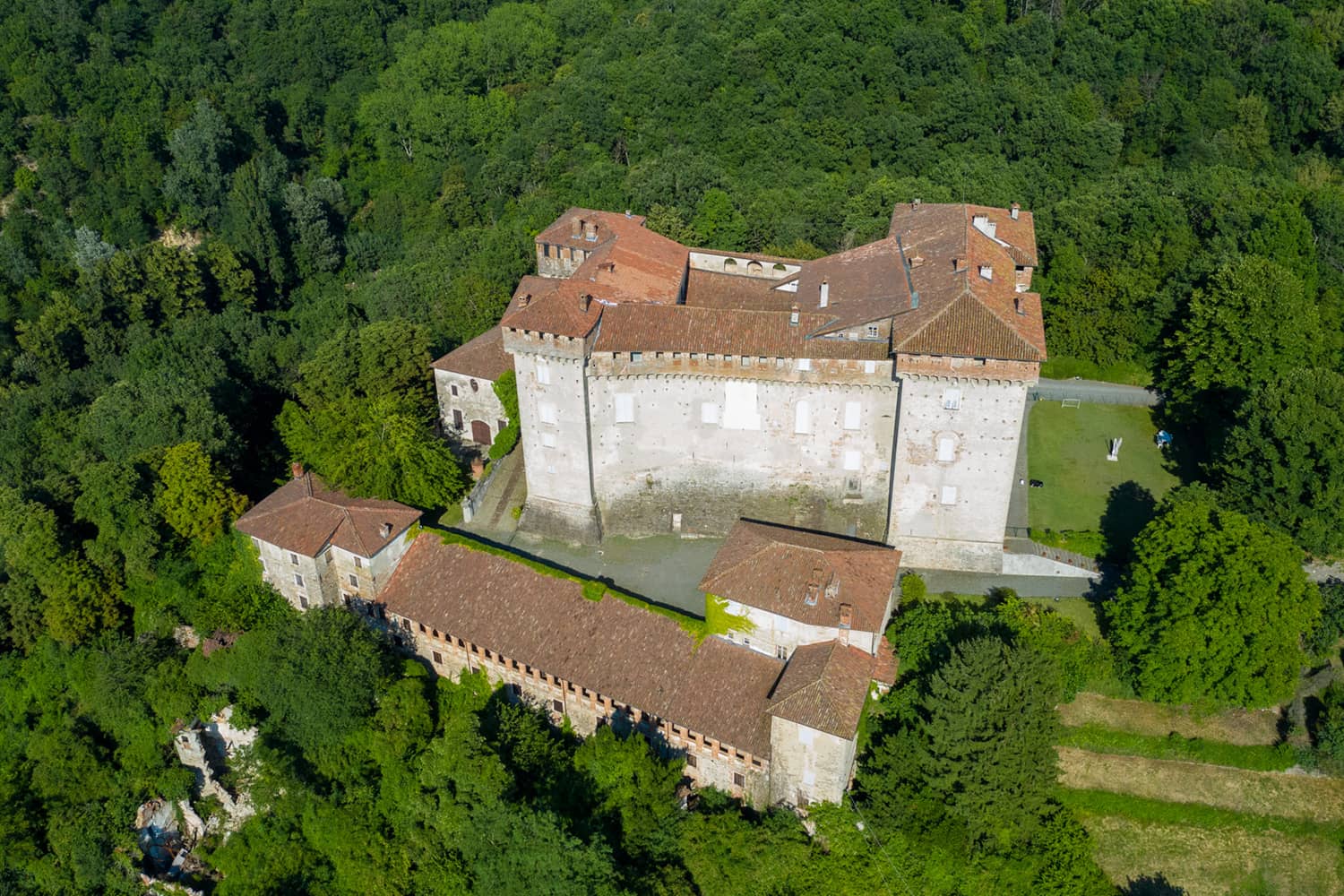
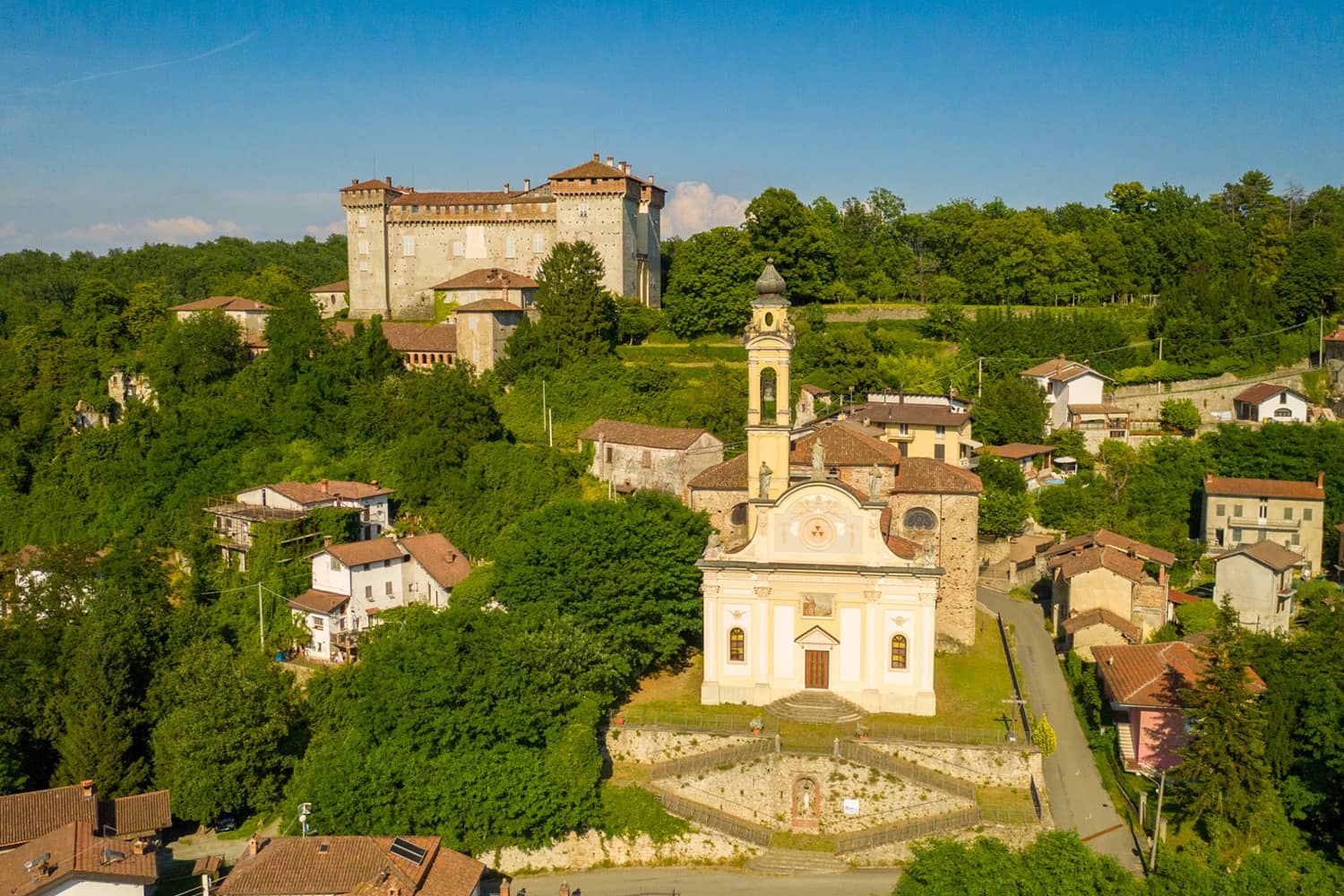
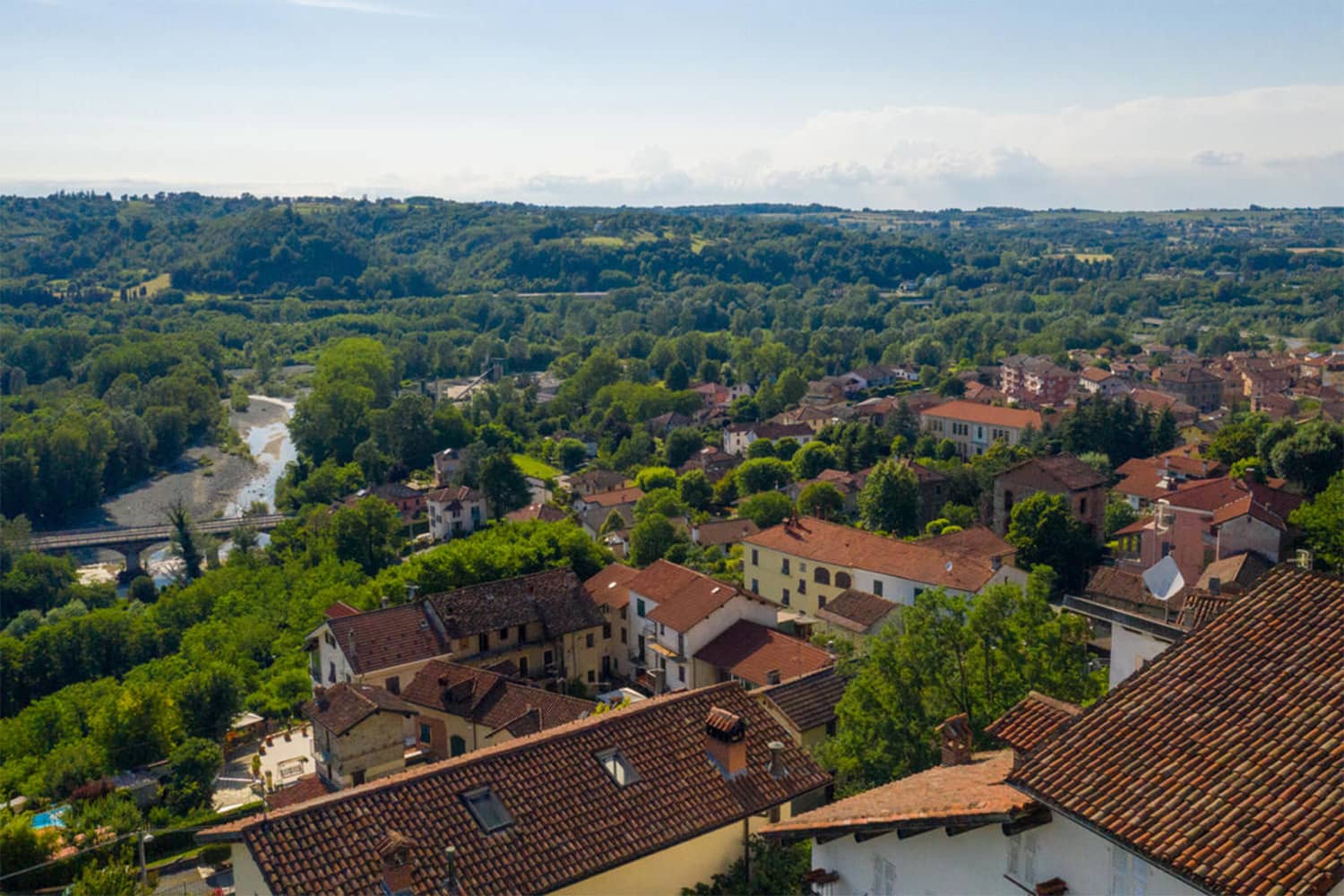
What to see in Silvano d’Orba
As we mentioned above, the Torrazzi are what remains of the ancient Roman garrison on the river terrace between the Piota and Orba rivers. And the size must have been very considerable.
The conversion of these areas to Christianity in the 2nd century AD was consolidated with the construction of the first church erected during the 6th century.
The church, dedicated to the Mother of God, became the focal point of the population of a vast territory, so much so that it was erected into a Pieve by the bishop of Tortona with the name of Santa Maria di Prelio.
The parish had jurisdiction over as many as twelve churches: from the church of Santa Caterina in Rossiglione Superiore, San Lorenzo in Castelletto d’Orba, the churches of San Silvestro in Mornese and San Giovanni in Lerma, to Santa maria in Francavilla.
Silvano, with its two villages (Upper and Lower), since the end of the first millennium was part of the possessions of the Aleramici: the Marquises of Bosco and the Marquises of Monferrato who, until 1713, maintained their jurisdiction over the village.
Lords of Silvano were first the Zucca family and then the Adorno family (seven-time Doges of Genoa).
The prominent Genoese family, which became Botta Adorno in the 17th century, remained owners of the imposing castle and its vast estates until the late 19th century.
A grandiose construction, completed in 1492 at the behest of brothers Agostino and Giovanni Adorno, sons of the Doge of Genoa from 1443 to 1447.
On the hill overlooking the town of Silvano, the first church building of St. Pancras was erected in 1150 AD.
Mentioned in the Silvanesi Statutes of 1308, the church was originally a much smaller building than it is today. The west entrance is still clearly visible today, formed by large stones arranged in a full-text arch.
The interventions that gave the shrine its current configuration ended in 1872 with the construction of the bell tower.
